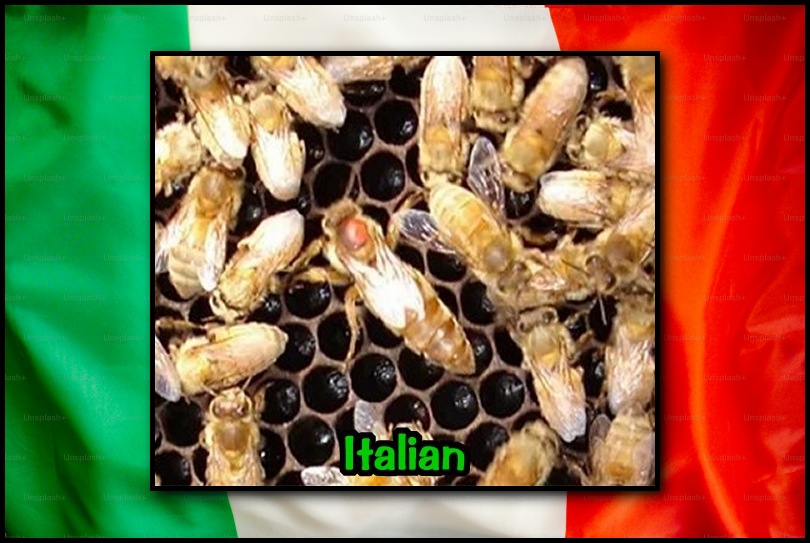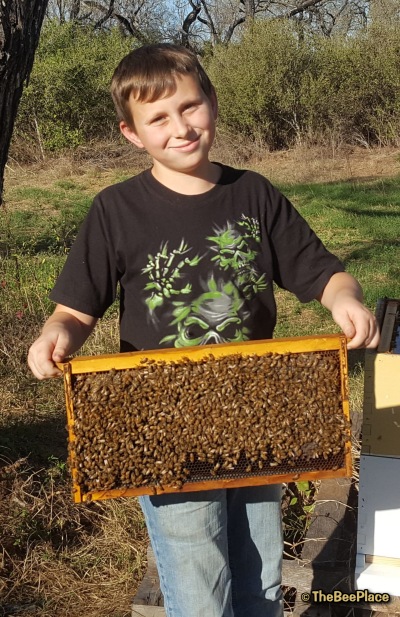|

These sweet gals are our most popular lines for beginners and old pros alike. They offer great production and have such a docile nature that you have to practically make them made to get a sting.
Of course they are bees and are very good mothers and will protect their young like they should, but with a bit of smoke and proper handling, these are as sweet as they come.

Below are notes from the web . . .
The Italian honey bee is endemic to the continental part of Italy, south of the Alps, and north of Sicily, where it survived the last ice age. On Sicily the subspecies is Apis mellifera siciliana. It is likely the most commercially distributed of all honey bees, and has proven adaptable to most climates from subtropical to cool temperate, but it is less successful in humid tropical regions. Italian bees that originate from the Ligurian alps in northern Italy are often referred to as the Ligurian bee, which is claimed only survives on Kangaroo Island.
Italian bees, having been conditioned to the warmer climate of the central Mediterranean, are less able to cope with the "hard" winters and cool, wet springs of more northern latitudes. They do not form such tight winter clusters. More food has to be consumed to compensate for the greater heat loss from the loose cluster. The tendency to raise broods late in autumn also increases food consumption. Noted beekeeper Thomas White Woodbury first introduced the Italian bee to Britain in 1859, and regarded it as vastly superior to the Old British Black bee (A. m. mellifera).
Italian worker bees are light in color, while the queen is a bit darker, which makes her easy to locate. Workers bees also have alternating stripes on their abdomen.
History
Originally from the Apennine Peninsula in Italy, Italian bees were introduced to America in 1859 and quickly replaced the original black or German bees brought over by the first colonists.
Characteristics
Italian bees are the most popular bees to order in North America. They are known for being gentle and good honey producers. They are typically reared in the south and have difficulty in colder climates, as they need to consume extra food to compensate for not forming a tight cluster the way other honey bee types do. Italian bees are strong foragers and do a great job keeping their hive clean.
On the down side, Italian bees tend to swarm and their sense of direction isnt as strong as other bees, so they may drift from one colony to another and frequently rob. This can contribute to the spread of diseases between hives.
|